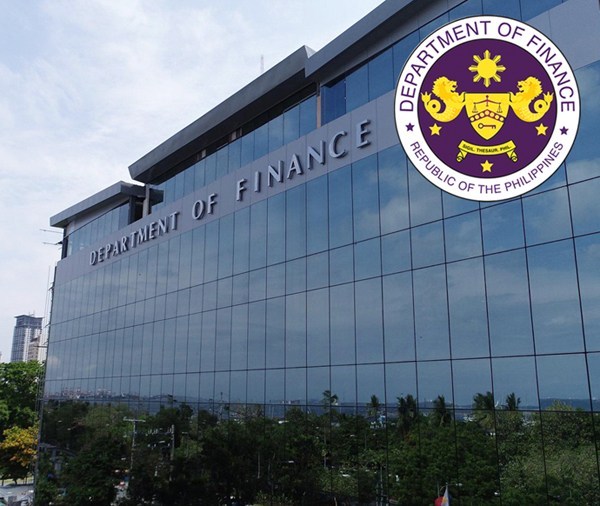DOF bares as much as P43-billion potential revenue with lifting of mining freeze
By Bernadette D. Nicolas | Business Mirror | July 29, 2021

Credit: Manila Bulletin
The government’s lifting of the nine-year-old moratorium on new mining projects is expected to boost mineral production by around P15 billion more every year until 2023, and up to an additional P43 billion annually until 2027, the Department of Finance (DOF) disclosed.
Finance Assistant Secretary Ma. Teresa S. Habitan, who sits as the alternate chair of the Philippine Extractive Industries Transparency Initiative (PH-EITI), said on Thursday that they project that the Executive Order (EO) 130 signed by President Duterte would also lead to increased exports, more workers and more revenues.
“Potential new entrants will increase exports by $1 billion to $2 billion every year in the short and long terms, as well as employ as many as 1.3 times more workers. With 100 more players in the market for mines, the government can collect an additional P34 billion in taxes and fees,” Habitan said during the PH-EITI National Conference 2021.
The finance official said EO 130 was among the initiatives taken by the government to reset the extractive industry’s growth trajectory after it was battered by pandemic-induced lockdowns.
If not for the pandemic, Habitan said the extractive industry in the Philippines was poised to grow in the long-term at an annual rate of 10.3 percent from 2020, mainly driven by the oil and gas sector’s annual growth rate of 26 percent on the back of the Philippines’s relatively slow transition to decarbonization.
“However, the projected growth rates of the extractive industry and its sectors were stymied by the onset of the Covid-19 pandemic. There was a huge slump in consumer demand and a consequent slowdown of the global economy,” she said.
Habitan said all sectors of the local extractives, including oil, gas, coal, metallic and non-metallic mining, shrank to an average of -16 percent. Meanwhile, primary exports of major commodities, such as gold fell by 11 percent, while copper concentrates plunged by 78 percent between January and July of 2019 and 2020.
Nonmetallic mineral manufactures also dropped by 19 percent while iron and steel plunged by 71 percent.
“The nonmetallic mines were the most affected by the Covid-19. Almost all of those that responded to the survey said that their volume of production plummeted by around 50 percent and more than half of them experienced a reduction in their sales by about the same proportion,” she said.
Unlike the nonmetallic mining sector, the metallic mining sector was “relatively resilient to extreme conditions such as Covid-19” because three out of four company respondents said they suffered little or no impact on their output and revenues, Habitan said.
Nonetheless, she said EO 130 is expected to maximize the industry’s potential to propel the pandemic-hit economy.
“In terms of opportunities, the industry’s GDP share is only hovering around 1 percent so there is still much room to contribute to it. The same thing goes with its exports to major destinations,” she said.
Apart from EO 130, Habitan said, the implementation of the Corporate Recovery and Tax Incentives for Enterprises Act (CREATE) law reducing the corporate income tax from 30 percent to 25 percent will allow companies to reinvest savings further toward further expansion.
Metallic mines are also expected to gain more export revenues as importation needs of Hong Kong, China, and Japan will drive greater demand for extractive commodities from the Philippines, she said.
“The global post-Covid-19 recovery is pushing the need for higher gold purchases as a liquid resource and an investment safeguard against another possible pandemic. The worldwide trend of utilizing electric vehicles over conventional ones is focusing market attention on nickel as an essential component of rechargeable batteries,” Habitan said.
“As such, both gold and nickel can contribute a conservative maximum of $21 billion in foreign exchange earnings for the Philippines,” she added.
Habitan also said they still see a bright future for the oil and gas sectors as Philippine transportation will still continue to rely on fossil fuels even as the promotion of electric vehicles has started to gain grounds in developed countries.
“In the longer term, as the demand for electric vehicles rises, so will the need for nickel as a main component of their batteries. Given that the country is the Top 2 producer of this metallic mineral in 2019 after Indonesia, the domestic consumption of and the export demand for nickel will continue to benefit the metals sector in the many years to come,” she said.
Source: Business Mirror

